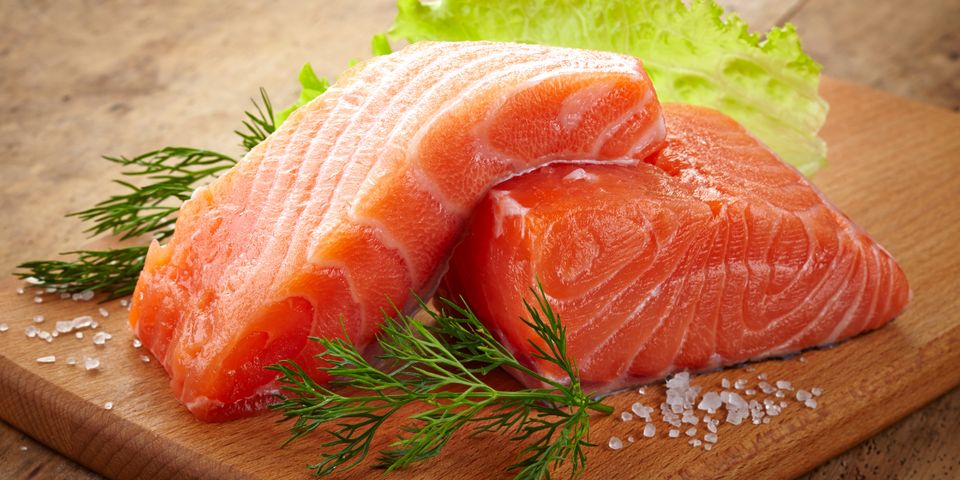What's the Difference Between Sockeye & Keta Salmon?

With its delicious flavors and nutrition, it's no wonder salmon is so popular. The Alaskan seafood is packed with essential vitamins and nutrients, including B-vitamins and heart-healthy omega-3 fatty acids. Two of the most common types are sockeye and keta, which have flavor and nutritional differences. Learn about how the two compare to help you decide which type of fish to enjoy.
Sockeye Salmon

Also called red salmon, this fish is easily recognizable for its bright red color and strong smell. Considered one of the most flavorful salmon types, it’s smaller than keta, with thinner, firmer flesh that makes it ideal for grilling and roasting.
The protein content in sockeye is slightly higher than keta—the former has 22 grams per 3-ounce portion while the latter has 20. Its cholesterol content is also slightly lower: 64 milligrams versus 74. Sockeye also has more oil, making it richer in omega-3s than keta.
Keta Salmon
Also referred to as chum or dog salmon, keta might be the better choice of Alaskan seafood if you’re watching your waistline—it has 101 calories per 3-ounce serving, while sockeye has 153. Keta salmon may also be preferable if you’re on a budget, as it’s typically less expensive.
Keta has a lighter, more delicate flavor than sockeye, making it a better option for curries, chowders, marinades, and other recipes that retain moisture. Its milder taste may also make it more appealing to kids.
For delicious fillets of sockeye, keta, and other types of salmon, look to Alaska Sausage & Seafood. For more than half a century, this family-owned company has provided high-quality Alaskan seafood to grocery stores throughout the country. Based in Anchorage, they also sell gift packages and other gourmet specialties on their website. Check out their offerings online, or call (907) 562-3636 to speak with a seafood expert today.
About the Business
(231 reviews)
Have a question? Ask the experts!
Send your question

